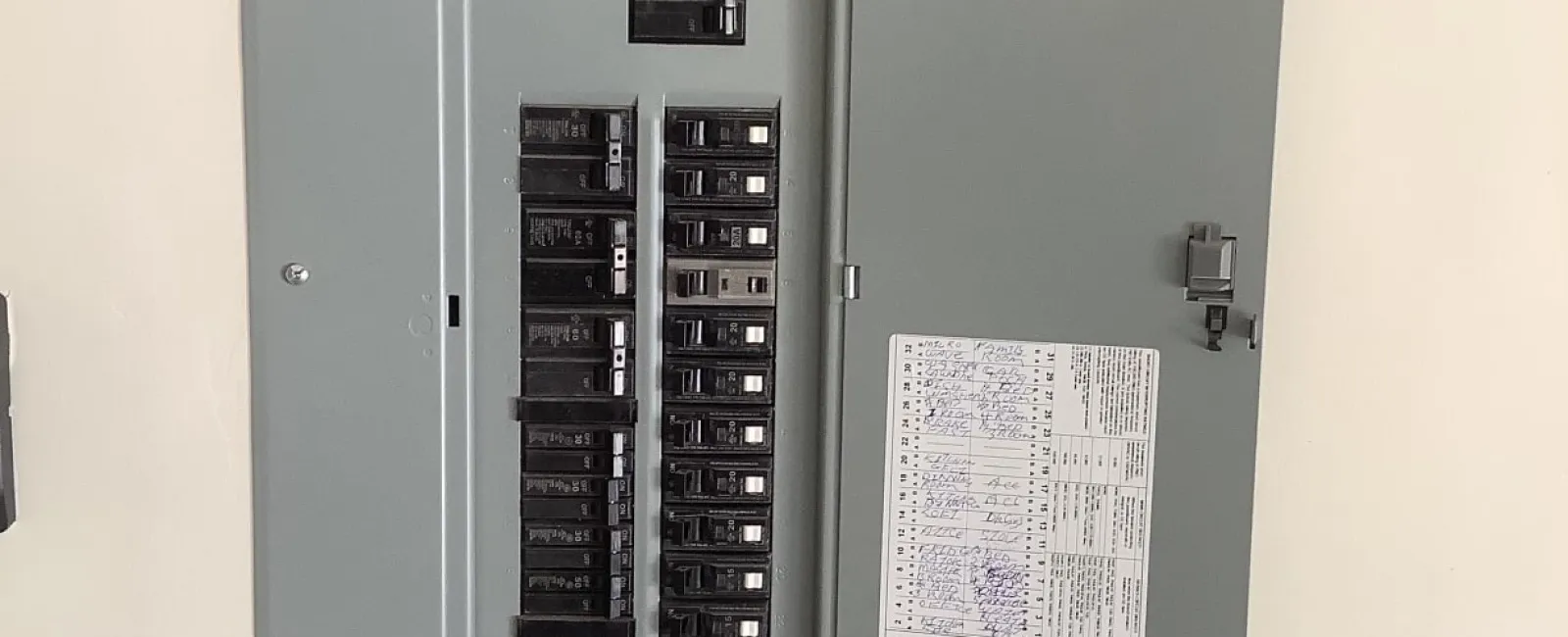Electrical terms can be confusing. For instance, your home's energy bill states your usage in kilowatt-hours. On the other hand, when you go to your local store, you'll notice different labels such as 9-watt light bulbs and vacuum cleaners rated 15 amps. What do these numbers mean?
This post will dig a little deeper to help you differentiate between amps and watts. But first, here's a simplified explanation of how electricity works.
What Is Electric Current?
First, from the screen you're using to read this article to your eyeballs, everything is made up of tiny particles called atoms. And just as your favorite pastries are made up of different ingredients, various materials contain other atoms. Now picture this: A strand of human hair is about 500,000 times thicker than an atom.
Equally important, an atom generally has a positively charged center called the nucleus, and then you have negatively charged electrons orbiting around it. Also, if you remember physics 101, opposite charges will attract each other while similar charges will repel. Likewise, the positively charged nucleus will attract the negatively charged electrons, but when the same electrons get too close to each other, they will repel.
Additionally, the atoms and their electrons are usually stationary in solid materials. But for metals such as copper, the electrons can move around. In other words, the positively charged nuclei stay intact to preserve the structure of the metal, but the electrons can drift from one atom to another.
Let's now assume that you have a wire that's only one atom thick, a single electron per atom, and all the atoms are in line. If you force the electron in the first atom to jump to the next atom in line, you'll notice that all the electrons will push each other around rhythmically like a snake. Remember the repelling of similar charges? That's the same concept at work. To put it differently, when electrons move through something, that's an electric current flowing.
Let's now take a closer look at amps and watts.
What Is an Amp?
Ampere (amp) refers to the number of electrons flowing per second through a material that conducts electricity. Therefore, 1 ampere equals 6.24 x 1018 electrons flowing through a certain point per second. For instance, if you have ten amps and want to find the number of electrons going through the circuit per second, you multiply the strength of the current (10 amps) by the number mentioned above. The good news, you don't need to memorize the formula.
What Is a Watt?
Imagine water flowing through two hoses. One hose has high pressure but a tiny diameter. The other has a big diameter but with low pressure. Even though the two pipes have varying pressures, they can fill a bucket in the same amount of time. In electrical terms, these hoses have the same watt rating. Simply, watts measure the energy released within a system per second.
So How Do You Convert Volts to Amps?
Amps=Watts/Volts. For example, if you own a solar panel with a power of 10 watts running at 10 volts, the current is 1 amp. Additionally, if you want to convert ten amps and 120 V to watts, the formula is Watts= Amps x Volts.
Applying It in Real Life
While it's crucial to understand amperage electric and watts unit of power, we also know the risks involved in a DIY electrical project. We offer reliable 24-hour electrical services to residential and commercial customers. Our team comprises qualified experts who understand how amps and watts function in a system.
Contact your local Mr. Electric today for on-time and professional electricians.




